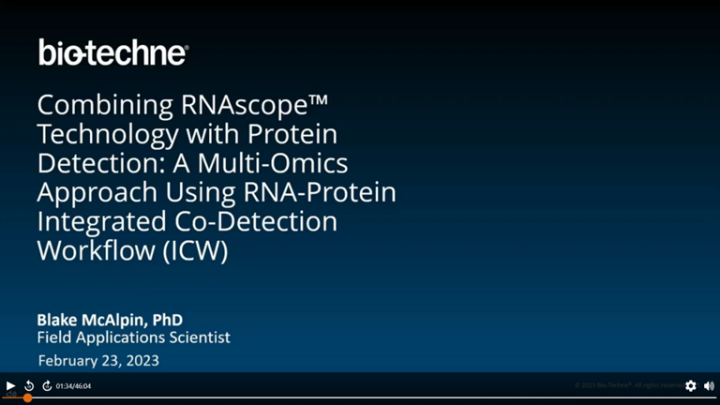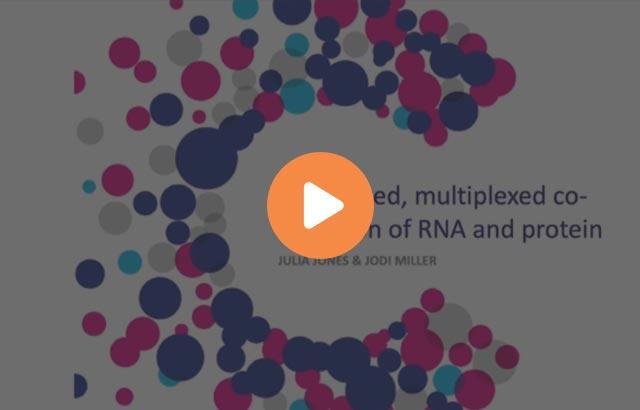Automating IHC and RNAscope® ISH for academic research – Lessons from equine arteritis virus & COVID-19

IHC is a robust tool that is widely used in research settings to assist in protein expression analysis, cellular localization, abundance, and distribution. RNAscope® ISH has revolutionized the way we perform RNA in situ hybridization, facilitating detection of nearly any RNA in any tissue type. This methodology has become very popular among research laboratories across the world. The overall objective of this webinar is to introduce the attendees to the benefits of IHC/ISH automation and its use in research.
Learning Objectives
- Introduction to IHC and ISH, current methodologies and platforms available
- Automation in research:
- Advantages of automating IHC and ISH
- Optimization of antibodies for IHC
- Lessons from research projects: chronic wasting disease surveillance, equine arteritis virus and COVID-19
About the presenter

Dr. Mariano Carossino is an Assistant Professor (appointed) at the Department of Pathobiological Sciences and Louisiana Animal Disease Diagnostic Laboratory (LADDL), Louisiana State University School of Veterinary Medicine. As a virologist and pathologist, he has extensive experience in virus-host interactions and viral pathogenesis. His research is focused on understanding virus-host interactions that govern viral pathogenesis and determine disease outcome, and comparative pathology models to study viral diseases of animals and humans. Dr. Carossino has also experience in the development and validation of molecular diagnostic assays, such as ISH and real-time PCR assays for the detection of animal and human pathogens, and established the Chronic Wasting Disease program at the LADDL as well as expanded the immunohistochemical and in situ hybridization assays offered through LADDL. Most recently, he has been involved in SARS-CoV-2 research, particularly in determining susceptibility of animal models of COVID-19, characterization of the K18-hACE2 murine and hamster models, and assessment of the efficacy of therapeutics. His future independent research will be focused on models of comorbidity and COVID-19. He also conducts collaborative projects related to tumor biology.
Related Content
Leica Biosystems content is subject to the Leica Biosystems website terms of use, available at: Legal Notice. The content, including webinars, training presentations and related materials is intended to provide general information regarding particular subjects of interest to health care professionals and is not intended to be, and should not be construed as, medical, regulatory or legal advice. The views and opinions expressed in any third-party content reflect the personal views and opinions of the speaker(s)/author(s) and do not necessarily represent or reflect the views or opinions of Leica Biosystems, its employees or agents. Any links contained in the content which provides access to third party resources or content is provided for convenience only.
For the use of any product, the applicable product documentation, including information guides, inserts and operation manuals should be consulted.
Copyright © 2024 Leica Biosystems division of Leica Microsystems, Inc. and its Leica Biosystems affiliates. All rights reserved. LEICA and the Leica Logo are registered trademarks of Leica Microsystems IR GmbH.



